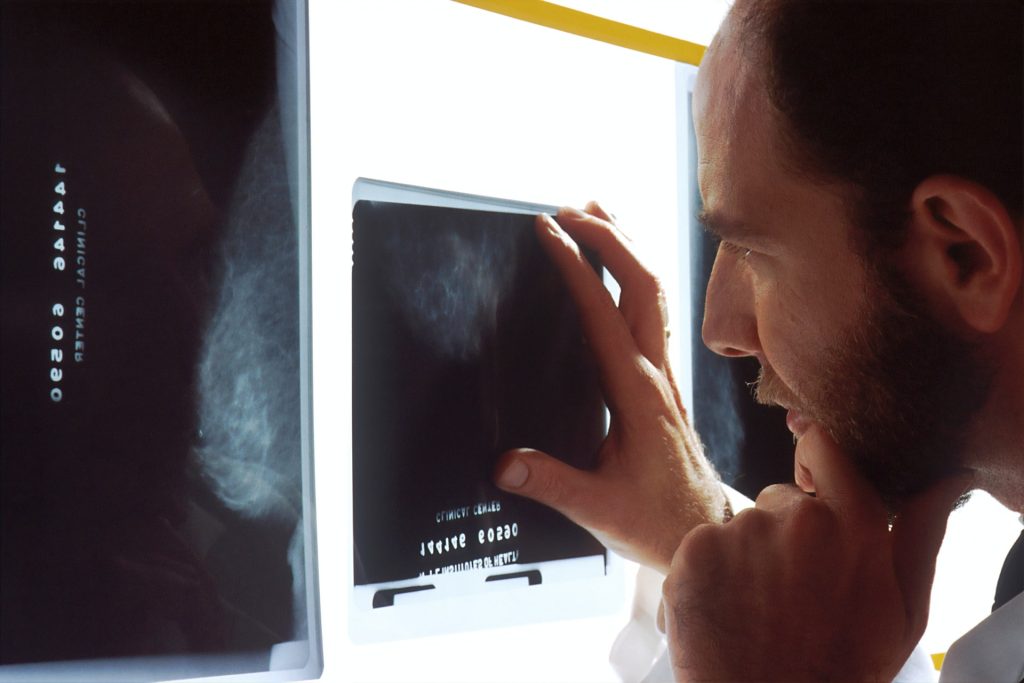
Researchers who conducted an analysis of nearly six million acute examinations suggest that leaders in imaging practice consider efforts to match interpretation of subspecialty examinations with radiologists’ fellowship training in the acute community setting.
Pointing out that major and minor discrepancy rates were not higher for acute community setting examinations outside of interpreting radiologists’ fellowship training, “discrepancy rates increased for advanced examinations,” acknowledged lead investigators Suzanne Chong from Indiana University in Indianapolis and Tarek Hanna of Emory University. The study was published in the American Journal of Roentgenology.
Using the databank of a large US teleradiology company, Chong, Hanna, and colleagues performed an analysis of 5 883 980 acute examinations that were preliminarily interpreted by 269 teleradiologists with a fellowship of neuroradiology, abdominal radiology, or musculoskeletal radiology. When providing final interpretations, client on-site radiologists voluntarily submitted quality assurance (QA) requests if preliminary and final interpretations were discrepant; the teleradiology company’s own QA committee categorised discrepancies as major (n=8444) or minor (n=17 208).
Among initial teleradiology interpretations of acute community setting examinations, common examinations’ major and minor discrepancies rates were not significantly different when concordant versus discordant with radiologists’ fellowship training. However, advanced examinations’ discrepancy rates were higher when concordant with radiologists’ fellowship (relative risk = 1.45 and 1.17, respectively).
Noting that their findings support multispecialty radiologist practice in acute community settings, “efforts to match examination and interpreting radiologist subspecialty may not reduce diagnostic discrepancies,” the article authors cautioned.
A supplement to the published article is available here [PDF].
Source: American Roentgen Ray Society

